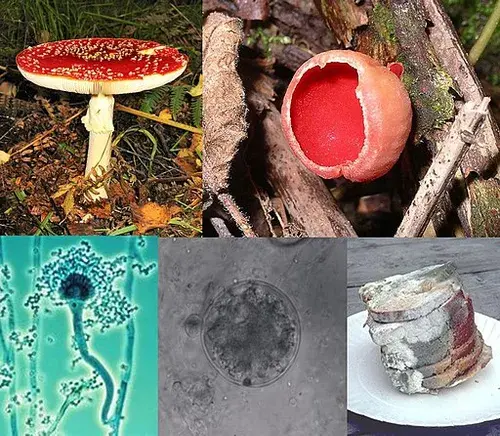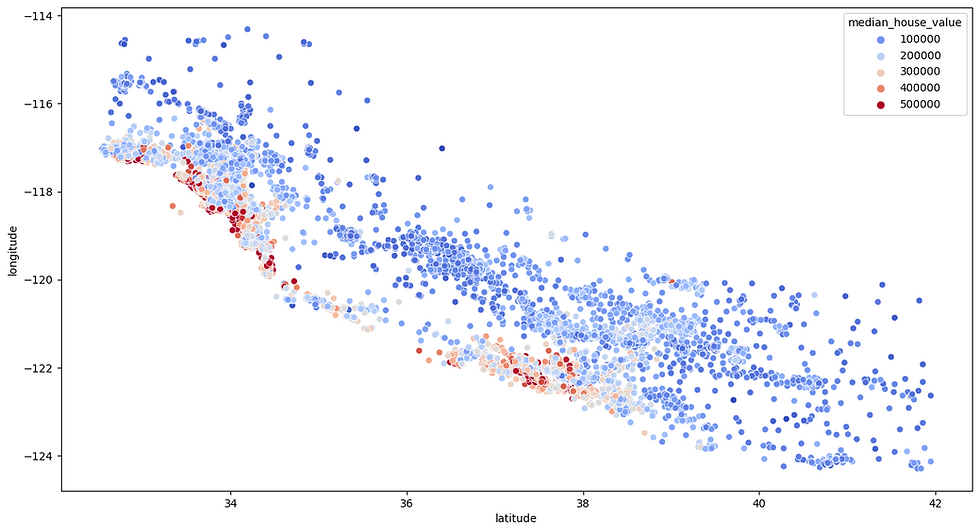Fungi Classification
- Chaitanya Singh
- Jul 25
- 2 min read

Introduction
We’re tackling the problem of automatic fungi species identification from images. Fungal specimens display huge visual diversity—cap shapes, gill patterns, colors, textures—so building a reliable classifier lets us catalog biodiversity, assist mycologists, and even flag toxic look‑alikes in foraging apps.
Data Collection
We begin by gathering a labeled image dataset covering the species of interest. Sources may include public repositories like iNaturalist or specialized mycology databases. Each record pairs a photograph (ideally with consistent lighting and view angles) with its correct species label.
Data Preprocessing
Because fungi images vary wildly in size, background clutter, and aspect ratio, we first standardize them to a fixed resolution (for example 224×224 pixels). We apply data augmentation—random rotations, flips, color jitter, and slight zooming—to help the model learn invariant features and avoid overfitting to specific backgrounds or lighting conditions.
Model Architecture
We choose a convolutional neural network pre‑trained on a large image corpus (such as ResNet or EfficientNet) and fine‑tune it on our fungi dataset. The early layers retain generic feature detectors (edges, textures), while we retrain the deeper layers to recognize mushroom‑specific patterns: gill structures, stem morphology, cap texture, and color gradients.
Training and Validation
Splitting our dataset into training, validation, and test sets (for example 70 %/15 %/15 %), we train the model to minimize cross‑entropy loss. We monitor validation accuracy each epoch and apply early stopping to prevent overfitting. Class imbalance—some species may have far fewer images—can be addressed via weighted loss functions or oversampling rare classes in each batch.
Evaluation
On the held‑out test set, we report overall accuracy and per‑class precision, recall, and F1‑scores. A confusion matrix highlights which species the model tends to mix up—often visually similar pairs like two brown‑cap boletes or closely related Russula species. This diagnostic guides where more training data or specialized data augmentation is needed.
Deployment and Next Steps
Once satisfied with test performance, we can deploy the model in a mobile app or web service. Users submit a photo, the model returns the top species predictions with confidence scores, and the app provides key identifying features. To improve further, we might:
Collect additional images for underrepresented species.
Incorporate metadata (location, season) to boost accuracy.
Experiment with attention‑based vision transformers for finer texture discrimination.
Add a segmentation step (for example using a pretrained SAM) to isolate the mushroom from the background before classification.
By iterating on data quality, model architecture, and real‑world feedback, we can build a robust fungi classification system that aids research, conservation, and safe mushroom foraging.



Comments